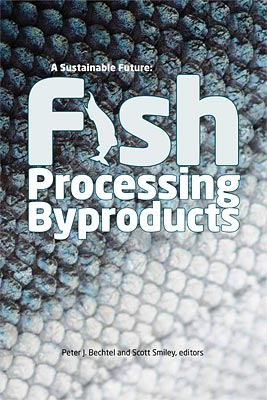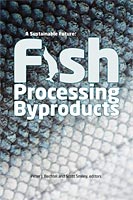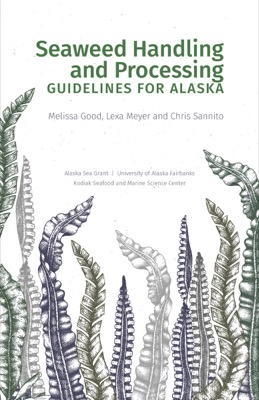
Stickwater processing by membrane filtration
L.D. Pedersen, S. Smiley, P.J. Bechtel, and C. Spengler
- Price: $1.50
 This is part of A Sustainable Future: Fish Processing Byproducts
This is part of A Sustainable Future: Fish Processing Byproducts| Format | Price | |
|---|---|---|
| PDF download [561.2 KB] | $1.50 | Add to Cart |
Description
Processing of fish byproducts by the wet-reduction method generates an aqueous stream called stickwater, which contains a substantial portion of the fish solids entering the fish meal plant. The stickwater produced by Alaska fish meal processors is often discharged into local marine environs, and the solids represent potential lost revenue and potentially a problem with environmental discharges (Pedersen 2003).
Membrane filtration represents a new technology with the potential to recover the solids solubilized in stickwater and at the same time produce wastewater with minimal environmental impact. Although membrane filtration technology has been developed successfully for many food sectors, especially the dairy industry, the viscosity, gelatinous nature, high temperature, and high fouling tendencies of stickwater represent unique problems. However, the development of low fouling polymeric membranes as well as improved ceramic membranes should aid in solving some of these problems. Testing of these new membrane configurations is the objective of this study.
Item details
- Item number: AK-SG-10-02k
- Year: 2010
- DOI: https://doi.org/10.4027/sffpb.2010.11



